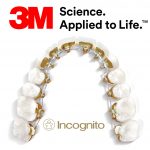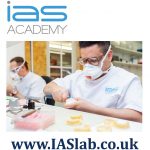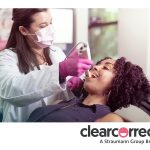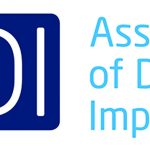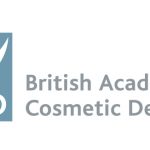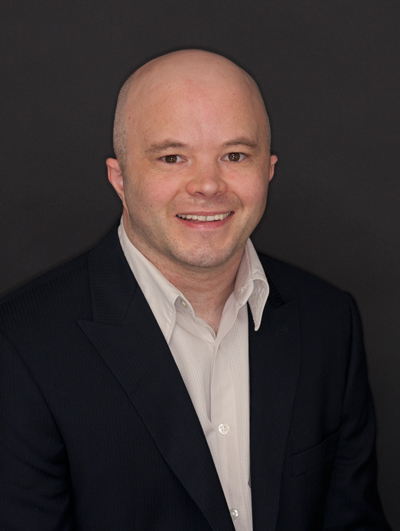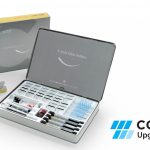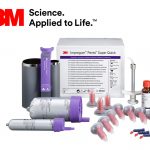Dr Nik Patel, Principal of Brynteg Dental Practice in Wales, transformed his business from NHS dentistry to fully private about 12 years ago. He shares his experience of the challenges faced and the rewards realised, as well as how the unwavering support of Knight Dental Design Laboratory helped him and his practice to truly thrive.
About 20 years ago, I was doing more cosmetic cases in practice. It was becoming difficult to allocate sufficient time to different types of appointments while still delivering an NHS contract. I had been thinking about focusing exclusively on private cosmetic dentistry, but I wasn’t quite ready. In part, this was because I hadn’t found a dental lab that delivered the consistent quality I needed – until I met Tony Knight in 2010.
A dentist friend asked me to provide some cosmetic treatment, with the ceramic work performed by a lab in London – Knight Dental Design. I was so impressed by the quality of the prosthetics that I contacted the lab directly and we did a few cases together. Tony Knight was – and still is – easy-going and very approachable. He also produced quality products more consistently than I had ever experienced from other labs so we continued to work together.
By 2004, I needed to make a change in the practice. We had far too many patients and we needed to adapt to maintain the standard of patient service we aspired to. So, I took the plunge and went fully private.
The transition was smooth. We already had demand for private cosmetic treatments among our patients, but there were unknown risks given that we were the first practice in the area to go private. It became one of the best decisions I ever made – especially with growing restraints on NHS dentistry over time and during the pandemic.
To really make it work, we invested in the best materials, the best technology, the best dental lab and the on-going training of our team. For the latter, we are lucky to have kept the same team over the past 15 years. We have grown together, evolved naturally with the business and our patients’ needs. All of this is reflected in the quality of services we have been able to deliver.
Digital transformation
A few years ago, we expanded the digital workflow. I provide a lot of dental implants and surgical procedures, so improving accuracy, predictability and quality of treatment outcomes with the latest technology has always been a priority. Digital solutions also provide a better way of presenting treatment plans to patients for enhanced consent and treatment acceptance. By simulating the potential final result, I can also manage patients’ expectations and ensure that what they want and what I can provide are aligned. If a patient is looking for something that I don’t think is possible or that I cannot provide, the patient is able to look for another clinician who might be able to get them the results they want. It is important to identify early on if you cannot do something as a clinician – it saves both you and the patient from unnecessary dissatisfaction later on! While I have always had these strict treatment protocols, digital technologies make it easier to communicate with patients during the process.
Other advantages of digital dentistry include the significantly reduced risk of cross contamination when using digital impressions in place of traditional models. The instant transfer of data also enables the technician to start cases immediately, supporting fast turnaround times. I commonly connect with Tony while the patient is still in the chair to ensure that I have captured all the information he needs for the fabrication of exceptional prostheses. This enhanced communication makes a massive difference to the predictability of aesthetic outcomes.
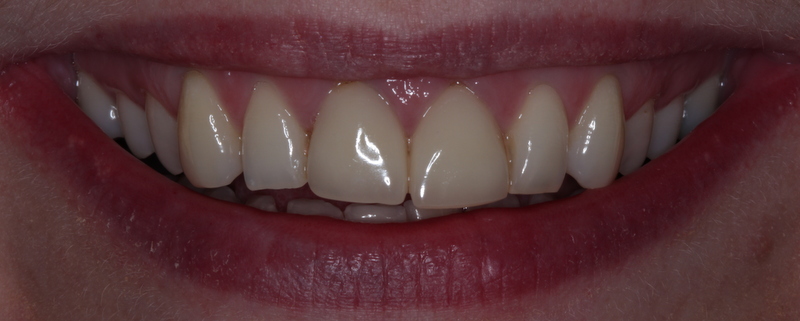
Before
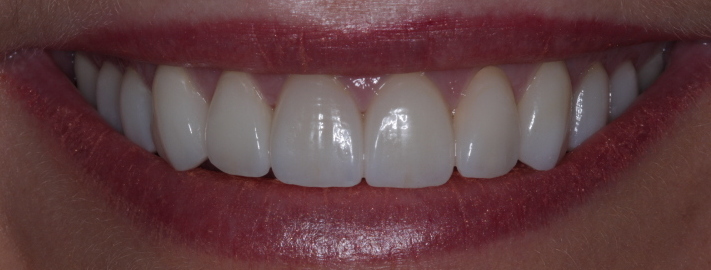
After
Marketing
I have not historically invested a lot in marketing. The practice has relied heavily on patient referrals and word-of-mouth recommendations, which has worked very well for us. Especially with the growing popularity and accessibility of social media, many patients come to us impressed by the results we had achieved for others.
That said, I wanted to provide a portfolio of the aesthetic work that I had completed. Tony was once again instrumental in taking professional photographs of patients post-treatment and collating the images into a stunning book to properly showcase our work together. He also filmed short videos that we use as a TV loop in the waiting room. This has proved most successful as a conversation starter with patients who enquire about possible treatment options after seeing the amazing, real-life results achieved with others. I think it helps significantly that all the cases shown were completed by us – they are not stock images and they have not been edited in any way, giving us real credibility and giving patients total confidence in us. Pandemic allowing, we also plan to send some of the books to local businesses so that we can reach a larger audience and establish new relationships within the community.
An essential building block
Though many elements have contributed to our success as a private practice, I cannot stress enough the importance of working with a good laboratory. Since working with Knight Dental Design, the quality of my cases and my reputation have increased significantly. We have built a really good working relationship, which I think is half the battle – dentist and technician must be on the same song sheet to achieve results you both aspire to. Tony will help as much as he can, whenever he can – he’ll even speak to patients directly if they wish to communicate their situation and/or desires for treatment. This is the kind of support every practice needs to be at its best.

For more information, please visit www.knightdentaldesign.co.uk, email info@kdduk.net or call 0208 317 0979
Author: Dr. Nik Patel BDS (Wales) Dip Implant Dent (RCSEd)
Dr Patel qualified from Cardiff dental school in 1993, became a FD trainer (then a vocational trainer) in 2000 and completed a Diploma in Implant Dentistry in 2015. He currently runs four dental practices in Wales, which offer general dentistry with a focus on private, cosmetic treatments. Visit www.bryntegdental.co.uk for more information.




